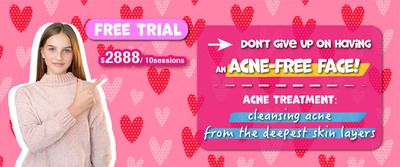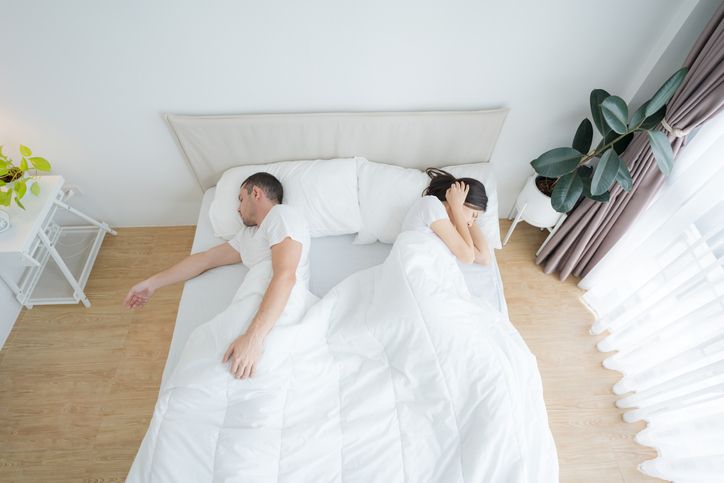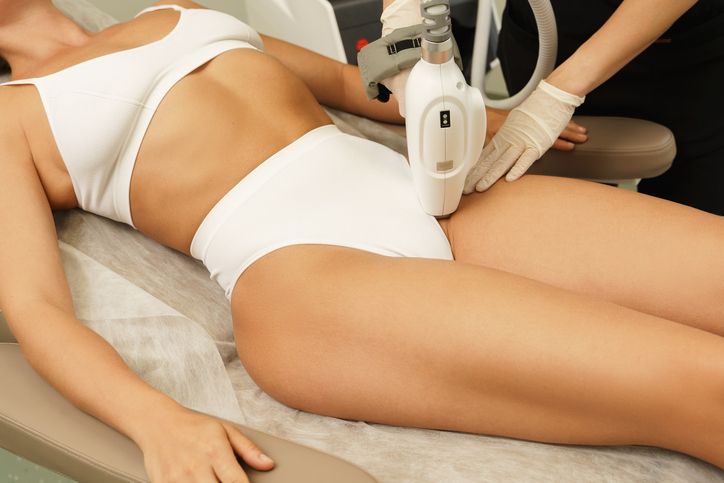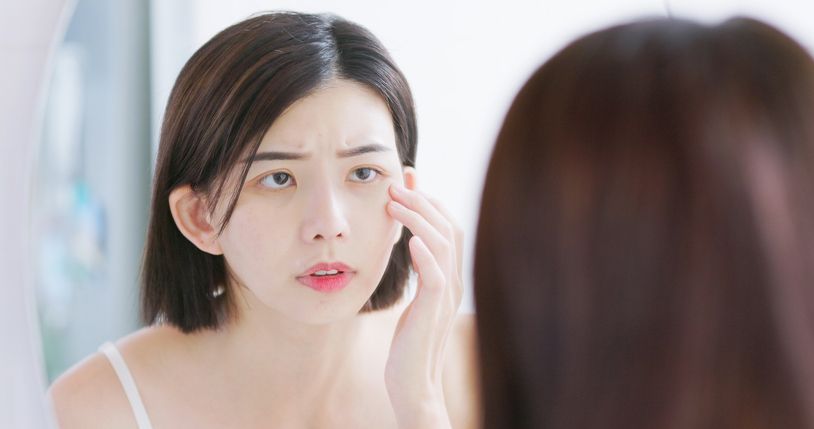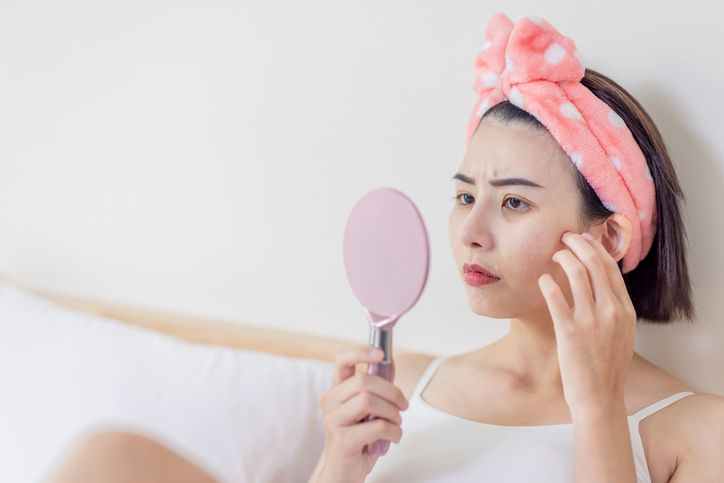- Home
- Trend
- Weight Loss Strategies
- Acne Tips
- Hair Health Information
- Blemish Removal Tips
- Acne Scar Removal Tips
- Muscle Building Techniques
- Intimate Care Tips
- Postpartum Intimate Care
- Eye Bags Wiki
- Tips for Face Slimming
- Secret of Permanent Hair Removal
- Breast Enlargement Tips
- Cure to Snoring
- Marionette Lines
- Skin-Tightening Secrets
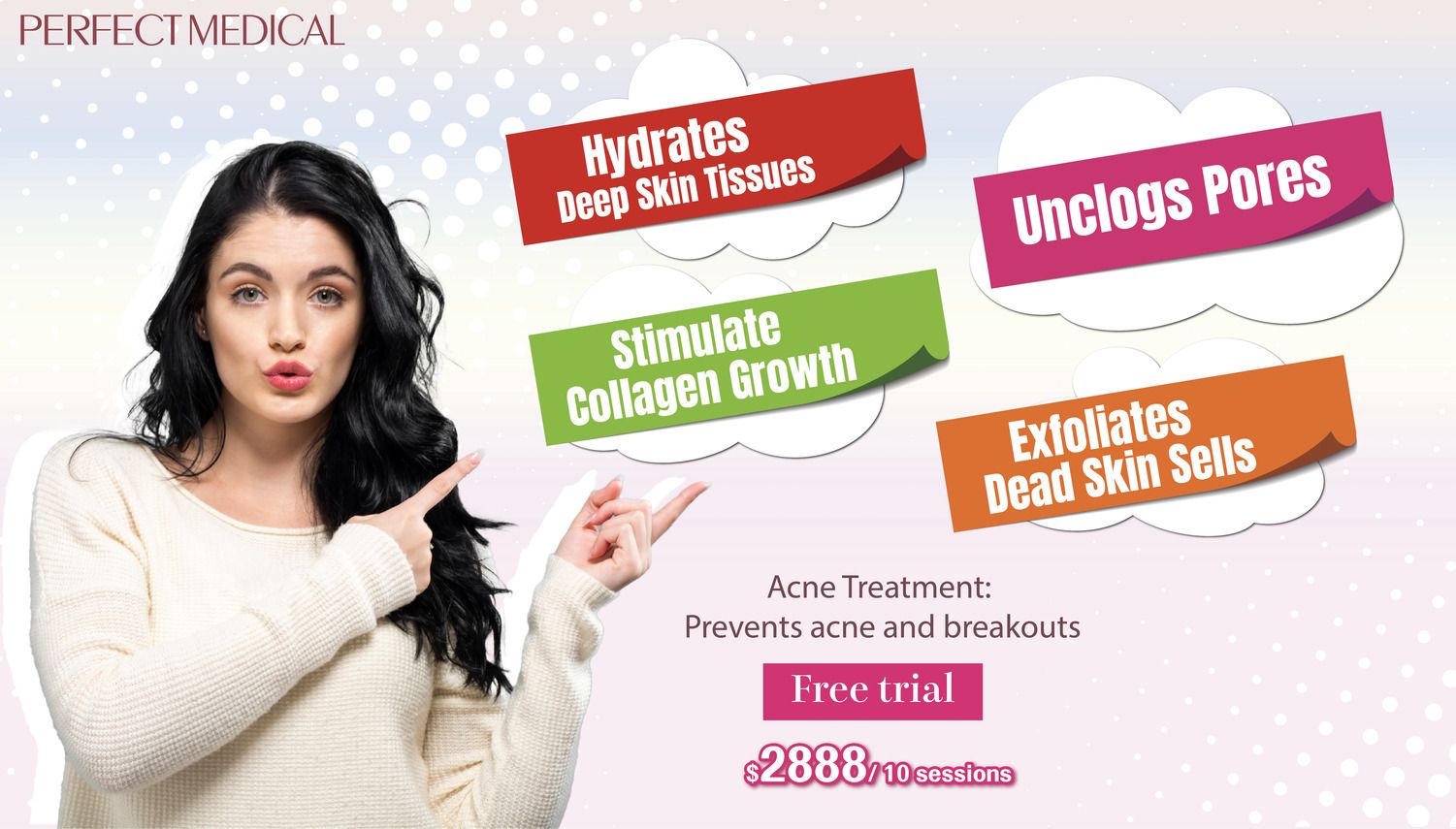
免費體驗
Acne Treatment
1 Minute Self-Registration
Date should not be before minimal date
Acne, also known as pimples or acne vulgaris, is a common skin disorder that occurs as a result of clogged hair follicles beneath the skin. The sebum, which helps prevent skin from drying out, and dead skin cells clog the pores together, causing lesions also known as pimples or zits, as well as blackheads, or whiteheads. Although it can afflict anyone at any age, acne is most prevalent in teenagers. Acne can persist into adulthood, and when it occurs, women are more likely to experience it.
1
Types of acne
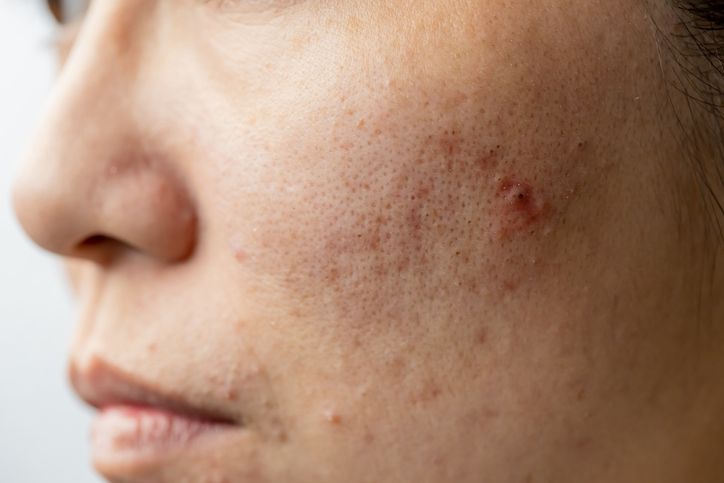
Comedones
A comedo, also known as basic acne lesion, is a hair follicle that is clogged with sebum and dead skin cells. A comedo is a single bump whereas comedones is a collection of bumps. The resulting blemishes, known as whiteheads and blackheads, can arise from comedones.
Blackheads
Blackheads are open comedones on the skin's surface. Dead skin cells and extra oil are present in blackheads. Blackheads form when the hair follicle in the skin gets clogged. The blackheads appear in the form of a bump when the dead skin cells and excess oil collects in the hair follicles openings. The black colour in the plug is not caused by the dirt but the air exposure on the open bump, which causes the plug to look black.
Whiteheads
Whiteheads are comedones that remain closed on the skin's surface. Whiteheads occur when dead skin cells, oil, and bacteria get clogged within the pores. In this case, the top of the pore is closed unlike blackheads. Whiteheads are more challenging to treat than blackheads because of the closed pores.
Papules
Like most types of acne, papules form when the pore gets clogged by oils and bacteria by the dead skin cells. This blocking in pores causes the hair follicle to become swollen and results in papules. This acne can be tender and sensitive to the touch. So it is best not to touch this acne. Picking or squeezing this acne can make the situation even worse and may lead to scarring. Pinkish skin typically surrounds these pores. Moderate to severe acne may be indicated by a high number of papules.
Nodules
Large, swollen pimples that feel stiff to the touch are known as nodules. In contrast to pustules and papules, nodules are located deep beneath the skin’s surface. Since nodules are so deeply rooted in the skin, a dermatologist should handle their treatment. Prescription medications can be beneficial in treating them when over-the-counter remedies are ineffective.
Cysts
Cysts can form when germs, sebum, and dead skin cells combine to plug pores. Cysts are located further below the skin’s surface than nodules, their blockages develop deep into the skin. These big, red or white lumps are uncomfortable to touch. Cysts is known to be the largest type of acne. Additionally, this kind of acne is most prone to leave scars.
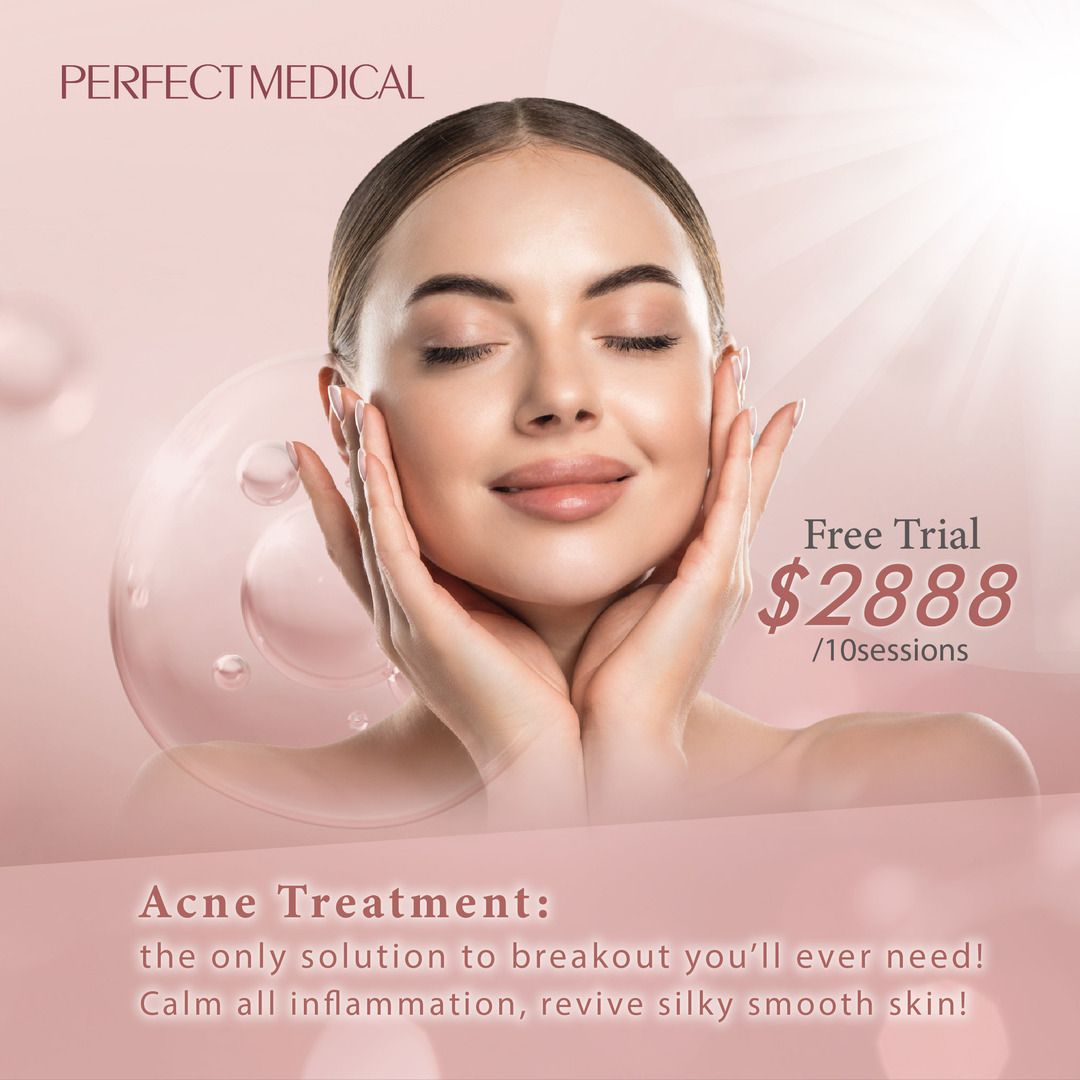
2
Causes of acne
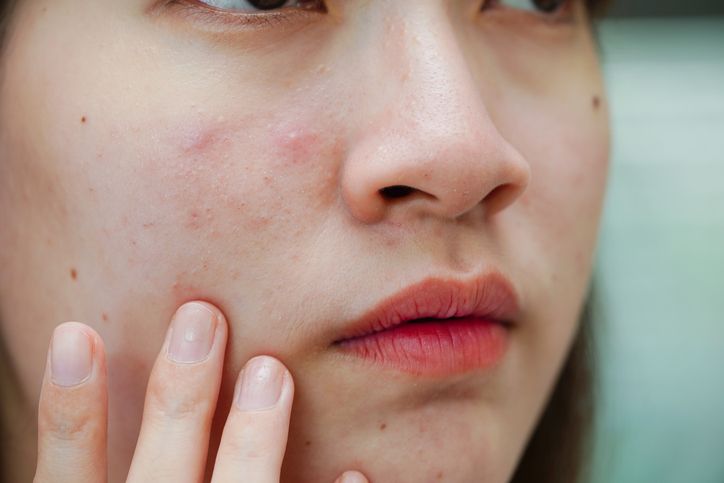
Hormones
This acne is also called hormonal acne which may result from an increase in androgens, also known as male sex hormones. Androgen levels typically rise during puberty in both boys and girls, causing the sebaceous glands to grow and produce more sebum. Acne can also be brought on by pregnancy-related hormonal changes.
Family history
Studies found that you can inherit acne from your parents. Researchers have found that heredity plays a part in the ability of hair follicles to become acne resistant during adulthood. People with a first-degree relative who had adult acne, such as a parent or sibling, are more prone to get acne.
Medications
Acne that is caused by medications are referred to as drug-induced acne. While there are some theories on why each type of medicine causes acne, none of these theories gather enough evidence. Any medications that contain hormones, corticosteroids, and lithium have been found to cause acne. The only treatment for this sort of acne is to stop taking the medications that cause the acne.
Age
Acne can appear for anyone but it is more prevalent among teens. This is because when teenagers go through puberty, they experience hormonal changes in their body. There is also adult acne or post-adolescent acne. If a teenager's parents had acne, then it is more likely the teenager will have it as well. This acne happens after age 25. For the most part, the same factors that cause acne in adolescents are at play in adult acne.
- Acne Patch-Pedia: Know Everything About Acne Patch Today
- Prepare Your Own Acne Scarring Home Remedies Couldn't Be Easier! Here's 3 Ways To Make Them
- Essential Guide to Facial Cleansing Brushes: Why They’re a Game-Changer for Your Skin
- Blackheads: Understanding, Treating, and Preventing Those Pesky Pores
3
Common Acne treatments - Topical medication
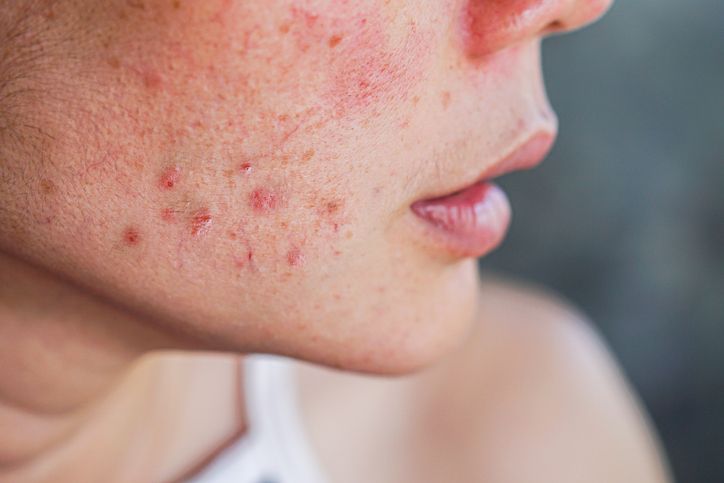
Topical retinoids
Medications containing retinoic acids or tretinoin are usually helpful for mild to moderate acne. They lessen acne outbreaks by preventing dead skin cells from blocking the pores. They may also lessen the development of acne scars by cleaning up pimples and minimising breakouts. Retinoids are often in the form of lotions, creams and gels, most of which should be applied in the evenings for three times a week then daily as your skin adjusts. Applying tretinoin and benzoyl peroxide together is not recommended. When using retinoids for the first time, you can experience skin peeling, redness, or an escalation of your acne. Until your body adjusts, you can reduce the chance of such adverse symptoms by using the product every other day or combining it with moisturiser.
Antibiotics
Antibiotics destroy extra skin bacteria and lessen inflammation and redness. You might combine an antibiotic with a retinoid product for the first few months for best acne treatment results. To do so, apply the antibiotic in the morning and the retinol in the evening. Your dermatologist will advise you to take an antibiotic as part of your acne treatment plan for the least amount of time possible. This often takes three to four months because treating acne is a lengthy process. Some acne sufferers, meanwhile, need to take antibiotics for a longer period of time.
Azelaic acid
Grains including rye, barley, and wheat all contain azelaic acid. Azelaic acid is known as a naturally occurring acid. Azelaic acid can build skin barrier by reducing inflammation to make acne less noticeable, less red, and less itchy as well as gently promoting cell turnover to hasten wound healing and lessen scarring. It also works by cleaning your pores of germs that may be causing irritation or outbreaks. When applied twice daily, a 20% azelaic acid cream or gel appears to be just as effective as several common acne treatments such as salicylic acid. It can also treat some types of acne-related discolouration. Skin redness and slight skin irritation are some of the side effects of this medicine.
Salicylic acid
Salicylic acid is a sort of beta hydroxy acid. By sloughing off dead skin cells and maintaining clear pores, it is renowned for eliminating acne. Salicylic acid, which is available in both wash-off and leave-on formulations, may help prevent blocked hair follicles. Skin darkening and slight skin irritation are some of the side effects. You might need to use it for a few weeks before you notice its full impact. If you aren't seeing improvements after 6 weeks, consult a dermatologist. Salicylic acid has been shown to aid many people with their breakouts after a consistent use.
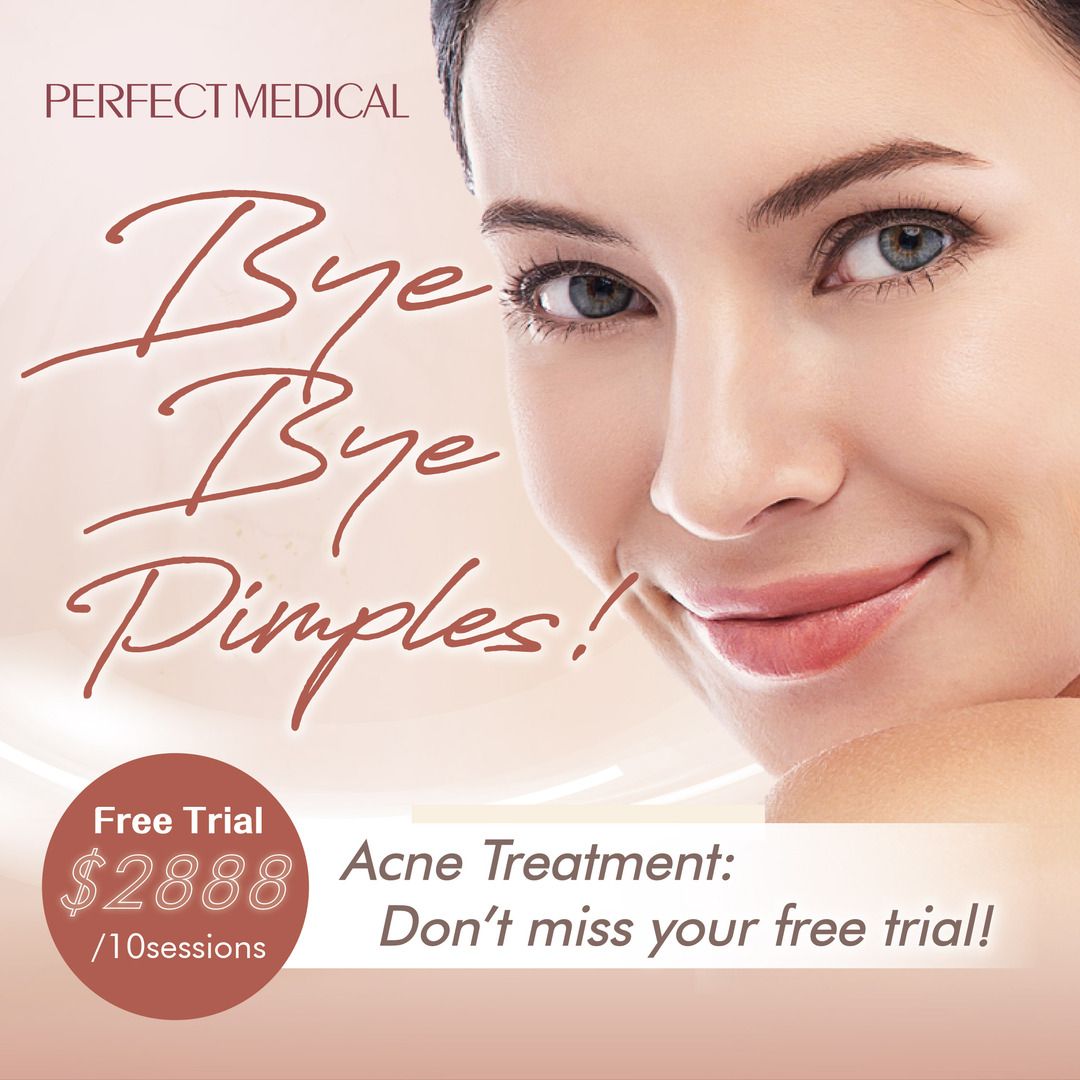
4
Common Acne treatments - Oral medication
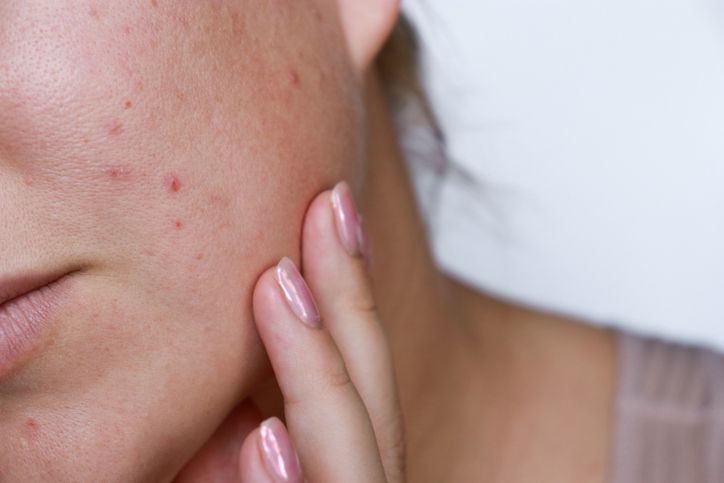
Combined oral contraceptives
Some birth control tablets contain synthetic hormones that can aid in reducing glandular output of facial oil, thus reducing outbreaks. Acne can be lessened by the hormones in combination birth control tablets. The pills lower testosterone levels in the blood, which lowers sebum production. For the pills to effectively treat acne, they must include both oestrogen and progestin. Since minipills, a type of commonly used birth control, only contain progestin, they cannot treat acne. Not everybody should use birth control to treat acne. Discuss with a dermatologist the potential advantages and disadvantages of birth control for acne before beginning treatment. A prescription from a dermatologist or doctor is necessary to use birth control for treating acne.
Antibiotics
You might require oral antibiotics to control acne bacteria if you have moderate to severe acne. To avoid antibiotic resistance, oral antibiotic treatment should be as short as possible. Oral antibiotics should also be used in combination with other medications, such as benzoyl peroxide, to lower the chance of antibiotic resistance. Oral antibiotics can cause rashes among people with sensitive skin type.
Isotretinoin
Isotretinoin is a vitamin A derivative. Dermatologists often recommend isotretinoin to treat nodules, cysts, and any severe, painful acne. This drug can lessen or clear severe acne and stop the formation of new acne scars when other treatments are unsuccessful. Depression, serious birth abnormalities, and inflammatory bowel disease are among the possible side effects of oral isotretinoin. Your dermatologist will discuss your acne condition with you and provide you with information on isotretinoin before prescribing it. Professional consultation can assist you in determining whether this medicine is appropriate for you.
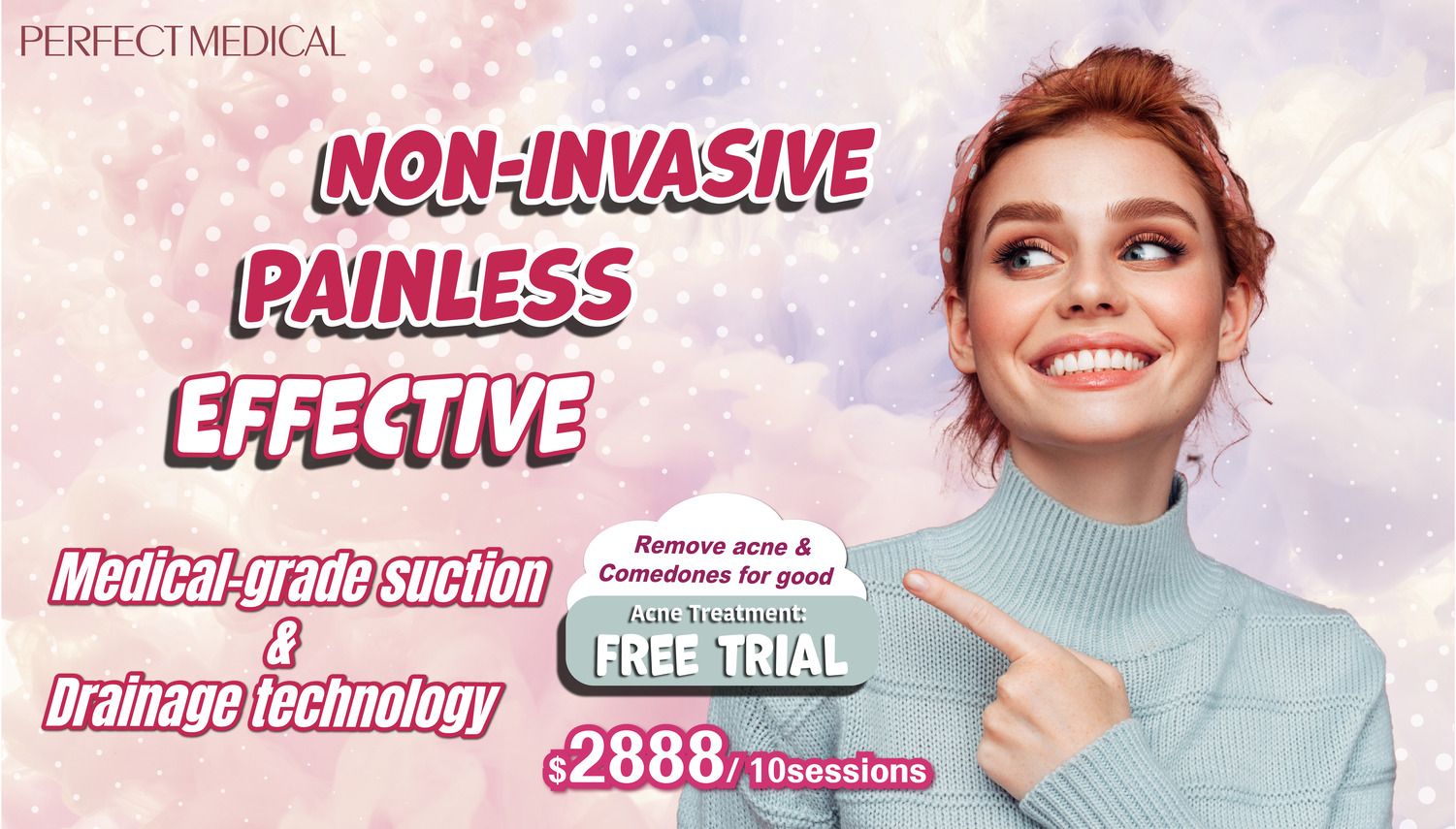
免費體驗
Acne Treatment
1 Minute Self-Registration
Date should not be before minimal date
5
Common Acne treatments - Clinical treatments
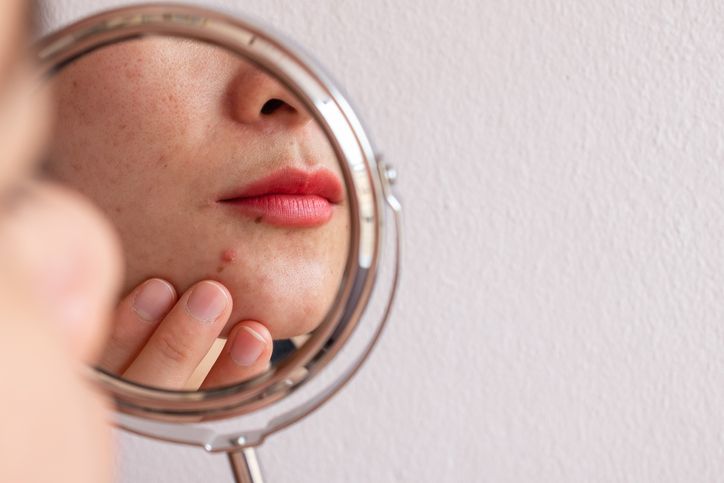
Light therapy
Light energy can destroy acne bacteria and clear up pimples. Your skin creates acne bacteria that are sensitive to specific kinds of light. These lights cause harmful compounds that kill the germs on your skin. Acne breakouts that are mild to moderate are treated with visible light treatment such as LED light therapy, red light therapy and blue light therapy. Light therapies are accessible and can be carried out at a dermatologist's clinic. Phototherapy is known as effective for acne lesions, particularly any bacterial or inflammatory acne lesions. A considerable amount of research supports the use of phototherapy as a strategy for managing acne.
Chemical peel
Chemical peels are specialised acid solutions that an esthetician or dermatologist with board certification applies to the face of acne patients. Common chemical peel solutions include salicylic acid, glycolic acid or retinoic acid. This procedure treats minor acne. The top layer of dull skin can be dissolved and removed over the course of two weeks if the acid solution is used properly. Smooth, healthy, new skin layer is revealed after the peel. Chemical peels have been used to treat a variety of skin disorders for many years.
Drainage extraction and steroid injection
A steroid medication can be injected directly into nodular and cystic lesions to treat them. Acne extraction is typically recommended when various acne treatments fail to clear the skin. Acne extraction takes time and can be expensive, so it's rarely the first choice. To perform this, a dermatologist will inject the acne with a corticosteroid. This injection is effective in treating painful acne nodules or cysts.
However, some acne lesions don't work well with this treatment. Unwanted side effects, such as pitting of the skin, may occur if you use too much corticosteroid. This can leave a visible dent around the injection area. Another side effect is hypopigmentation. The cortisone can leave a lighter spot at the injection area, which is especially visible for people with black or brown skin. Besides injection, a dermatologist may also perform an incision-and-drainage operation to remove a huge zit, a severe acne cyst, or nodule. It entails opening the blemish with a sterile needle or surgical blade to extract the contents.
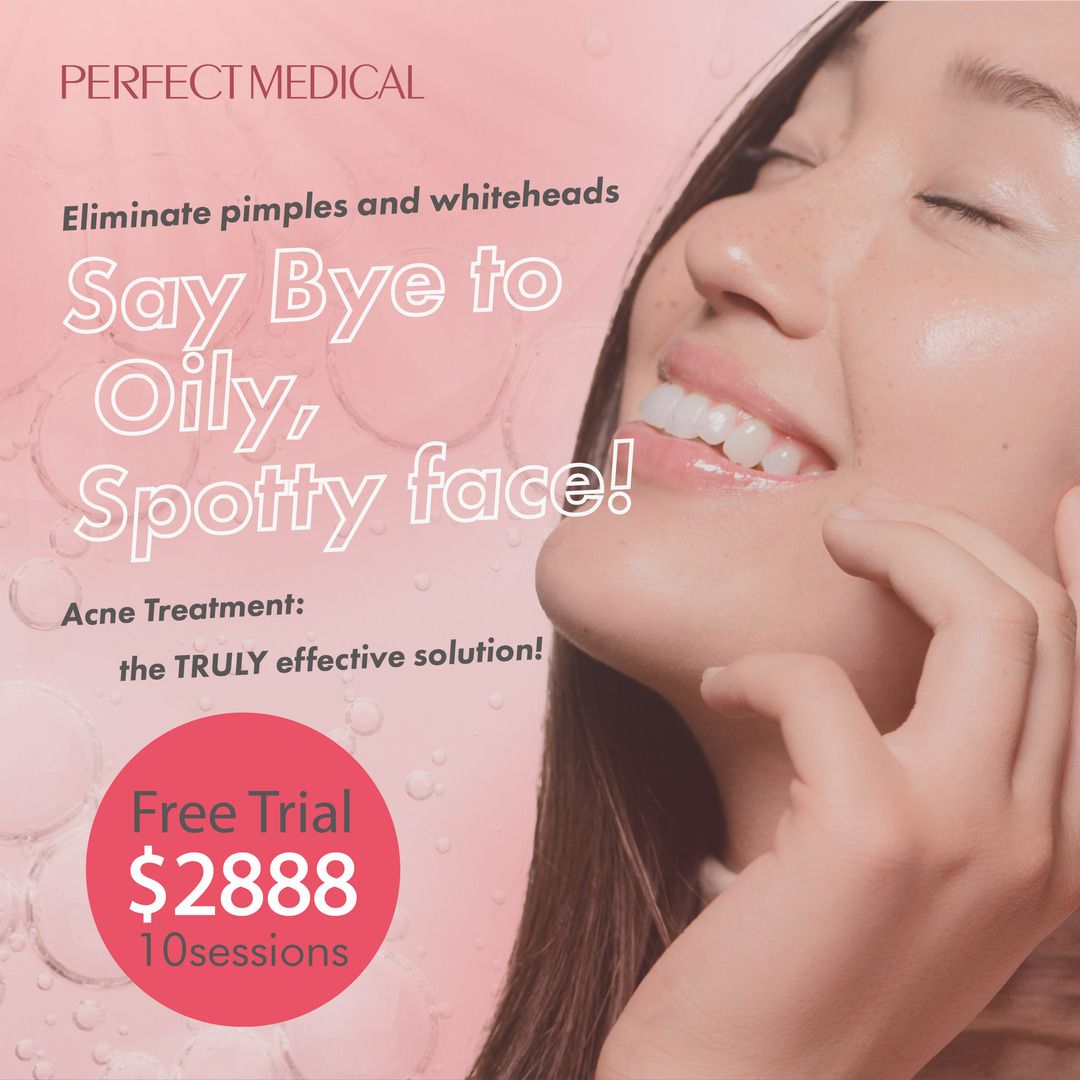
6
What we offer at Perfect Medical - Acne Treatment
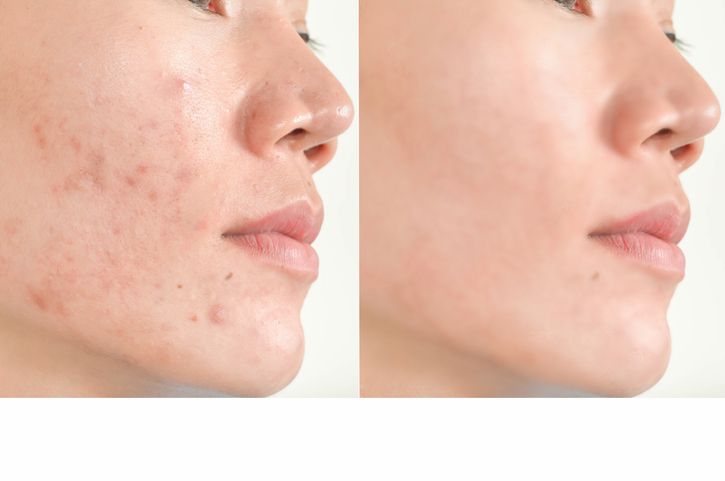
Acne can be a real problem for some people. That’s why we have come up with a super effective treatment for treating acne lesions! Perfect Medical presents to you the Acne Treatment— the best acne treatments in Hong Kong to solve your acne problem. Get yourself a free trial of the Acne Treatment to enjoy clear, smooth and soft skin in no time!
The Acne Treatment employs dual spiral suction & drainage technology to suck up impurities and clear clogged pores, effectively reducing acne inflammation and infection. Then, a moisturising serum is infused into the skin to hydrate the tissues, control sebum production and encourage collagen synthesis.
This treatment clears acne without creating acne scarring. Besides the suction & drainage technology, the vacuum microdermabrasion technology is also used in this treatment to help exfoliate dead skin cells and unblock the openings of pores. At last, a moisturising and hydrating serum is infused into the skin to promote collagen synthesis and lower sebum excretion. This treatment helps to reduce the appearance of acne, whiteheads, blackheads and acne scars, revealing scar free and clear skin.
This is a non-invasive treatment, meaning no incisions, injections or wounds. The majority of the users have reported this treatment as safe and comfortable. This treatment is also done by professionals. Our therapists will continue to follow up with you after the Acne Treatment plan is finished to hear about your feedback. For the best treatment outcomes, our esthetician will create a skin care plan just for you.
You will see and feel your skin becoming more refreshed and less oily after this treatment, making future acne outbreaks less likely. The Acne Treatment can target acne, pimples, blemishes, blackheads, whiteheads, pockmarks, enlarged pores, acne scars and acne-related discoloration.
- How To Get Rid Of Whiteheads? What Really Works and What Doesn’t
- What is Milia? Detailed Guide: Appearance, Formation, Comparison to Blackheads and Whiteheads, and Effective Solutions for All Skin Types!
- Genetic Acne: Role of Genetics in Acne Development
- 12 Common Acne Locations on Your Body and Their Meaning: A Comprehensive Guide to Traditional Chinese Medicine for Treating Mild to Severe Acne!
7
Conclusion
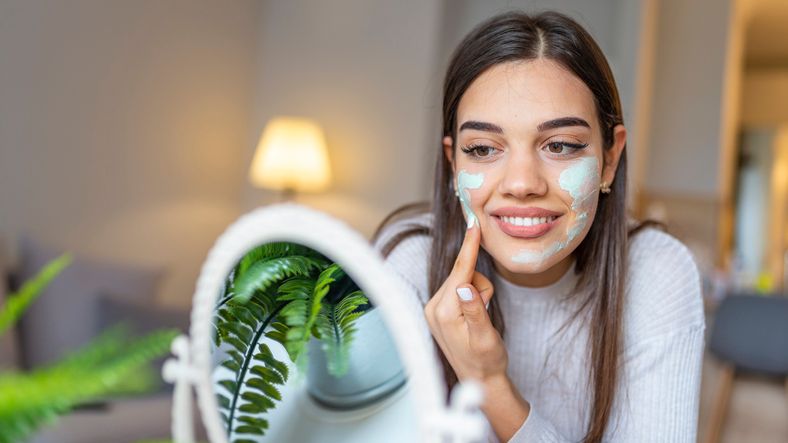
Acne can be bothersome for some. It may cause stress and uneasiness. But do not worry—there are many acne removal methods available out there. You should find a board certified dermatologist to discuss the best course of action with you, as both overtreatment and undertreatment of acne can be ineffective. You need to be patient as the treatment may take some time to work.
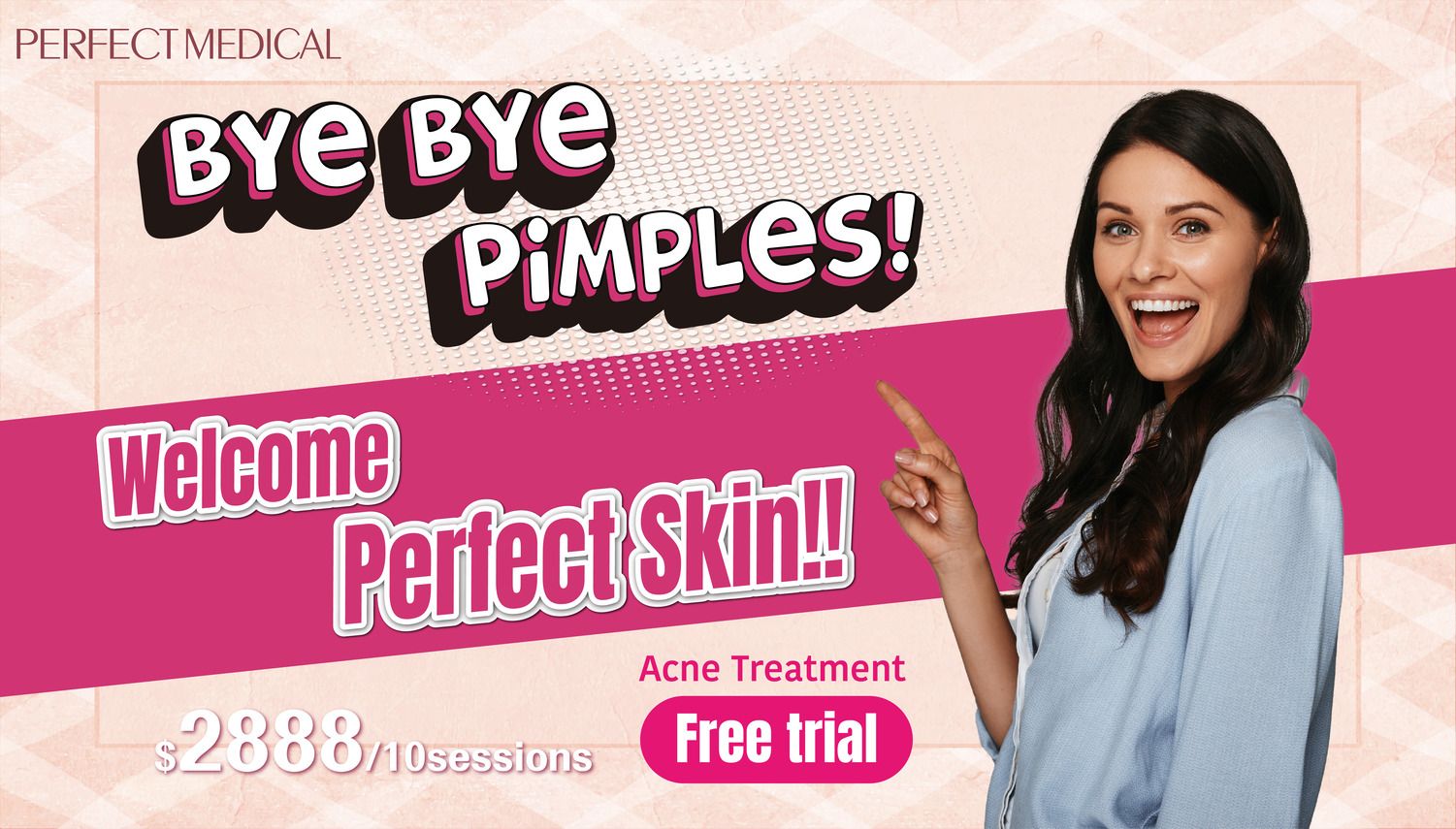
免費體驗
Acne Treatment
1 Minute Self-Registration
Date should not be before minimal date
FAQ

Is there any downtime involved in Acne Treatment?
As this is a non-invasive procedure, there is no recovery period after this treatment. You can go back to your daily routine as usual after the treatment.
Does stress cause acne? If yes, how can I treat it?
No. Stress does not cause acne. However, it can worsen already existing acne by changing a person’s hormone balance. Moreover, stress can trigger the release of cortisol. Cortisol can worsen your acne condition. To treat stress-related breakouts, try to get your stress under control via simple relaxing habits such as exercising, getting enough sleep, deep-breathing and meditating. Additionally, you can use any acne-targeting topical ointments and creams like retinoic acid and benzoyl peroxide.
Do greasy foods cause acne?
No. This is a myth. The fat from the food does not directly become the oil that develops on our skin; it is the overactive sebaceous glands produced on our skin that contributes to acne. However, eating too many greasy foods can cause inflammation in your body, which stimulate the sebaceous glands to become overactive and produce more oil.
What kind of makeup can I wear for my acne prone skin?
Make sure to use non-comedogenic, non-acnegenic cosmetics to avoid aggravating your acne. You should also search for an oil-free, silicone- or water-based liquid foundation.
Can acne get worse overtime without treatment? What types of skin are more prone to acne?
A lack of therapy can sometimes make facial acne even worse. These issues can be avoided with an early treatment, which can clear up acne and stop it from getting worse. You may also seek your doctor's advice before acne gets worse. Oily skin is known to be more prone to acne. This is because the oily skin types, which are determined by genetic factors and hormones, are more likely to have sebum and dead skin cells clogging the pores, when compared to other skin types.
